From data analysis to digital management, innovative tools and access to expertise are helping firms to meet their sustainability goals
Only a few years ago, supply chains were solely focused on productivity and efficiency; now companies must factor in new complexities, not only of climate change-related risk but also the responsibility to reduce carbon emissions, a trend driven by pressure from customers, investors and employees to be more transparent about sustainability.
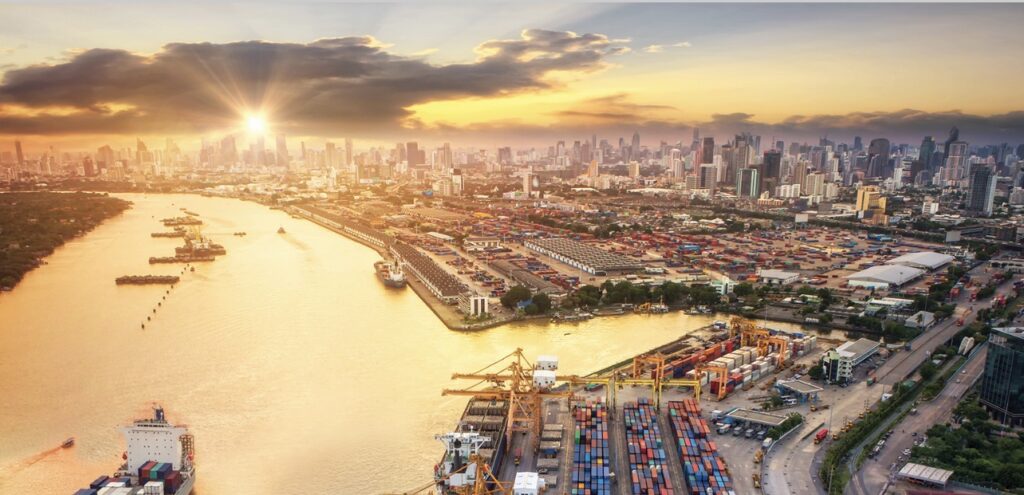
In order to reduce emissions, it is a given that companies must limit the use of electricity and burning of fossil fuels in their own operations. These corporate emissions are known as Scope 1 and 2, and are a natural focus for sustainability efforts. But to be truly responsible, firms must also look at what are called Scope 3 emissions – those that are produced not by them, but by their suppliers and other operators within their supply and distribution chains. “Supply chains are an important piece of the puzzle,” says Mourad Tamoud, Chief Supply Chain Officer at Schneider Electric, a global leader in the digital transformation of energy management and automation. “Organisations should be working on rapidly decarbonising their supply chains so we can collectively make an impact.”
Scope 3 emissions can occur in both upstream and downstream operations; they include emissions from electricity use associated with making the raw materials a company buys, as well as those from disposal of company waste, commuting by company employees, environmental performance of firms the company invests in, and so on. It’s a complicated network of operations, and one that poses a challenge to companies looking to do the right thing. “Decarbonising the entire value chain is a significant undertaking – and a lot of companies don’t know where to start,” says Tamoud.
There are practical difficulties, too. Decarbonisation requires investment, seemingly without any of the short-term returns one might expect, which can make it harder to find the necessary funding. Green raw materials can be difficult to source, and the volatility of the past few years has pressurised and stretched supply chains, many of which remain vulnerable to external shocks.
Technology can help. “The first thing any company looking to decarbonise their supply chain should do is to find a trusted sustainability partner,” Tamoud suggests. Sustainability consultancies can leverage their tools and expertise to move quickly and save money, he says, and specialist advisers can offer recommendations and tailored advice to help companies make the biggest possible impact.
In an initiative called the Zero Carbon Project. Schneider Electric is working with its 1,000 top suppliers to help them halve the carbon emissions from their own operations. It uses digital tools to help suppliers measure emissions across facilities, factories and distribution centres. This data is then used to set goals and strategies to reduce energy waste, improve efficiency and lower costs. The project supports them with expertise and workshops to discuss strategies and share best practices.
Such collaborations to decarbonise supply chain emissions will be needed across the board. That’s because more than 50 per cent of global greenhouse gas emissions come from supply chains across eight major industries, according to a report from the World Economic forum. These are: food, construction, fashion, fast-moving consumer goods, electronics, automotive, professional services and freight. End-to-end decarbonisation of these supply chains could add as little as 1 to 4 per cent to end-consumer costs in the medium term. “By engaging suppliers to create a net zero supply chain, companies can boost their climate impact, enable emission reduction in hard-to-abate sectors, and accelerate climate action in countries where it would otherwise not be high on the agenda,” the World Economic Forum says.
One successful emissions-reduction strategy, in particular for manufacturing, is to use digital technology to integrate energy management and process automation. “Connected digital solutions collect data that show where you have opportunities to improve efficiency and remove waste,” Tamoud says. “At Schneider Electric, we use our own EcoStruxure solutions in our factories and distribution centres to do just this.” The system includes augmented reality, remote monitoring and predictive maintenance, which together increase agility and resilience.
As an example, Tamoud highlights the Scheider Electric factory in Lexington (a World Economic Forum Sustainability Lighthouse), which uses the EcoStruxure tool to monitor energy consumption across all critical processes. These efforts have enabled the plant to lower energy consumption by 3.5 per cent annually, saving over $6mn in recent years. “Technology makes the invisible visible. If you’re not measuring it, you don’t know what your baseline is or where you can improve,” Tamoud adds.
It’s an approach that many companies are now embracing. Their emissions – both direct and indirect – are no longer out of sight and out of mind. And with the right help and technology, the scope for emissions reductions and more sustainable operations has never been greater.
Source:FT
Today I visited the Future. The future is called Maersk Laura & she is here.
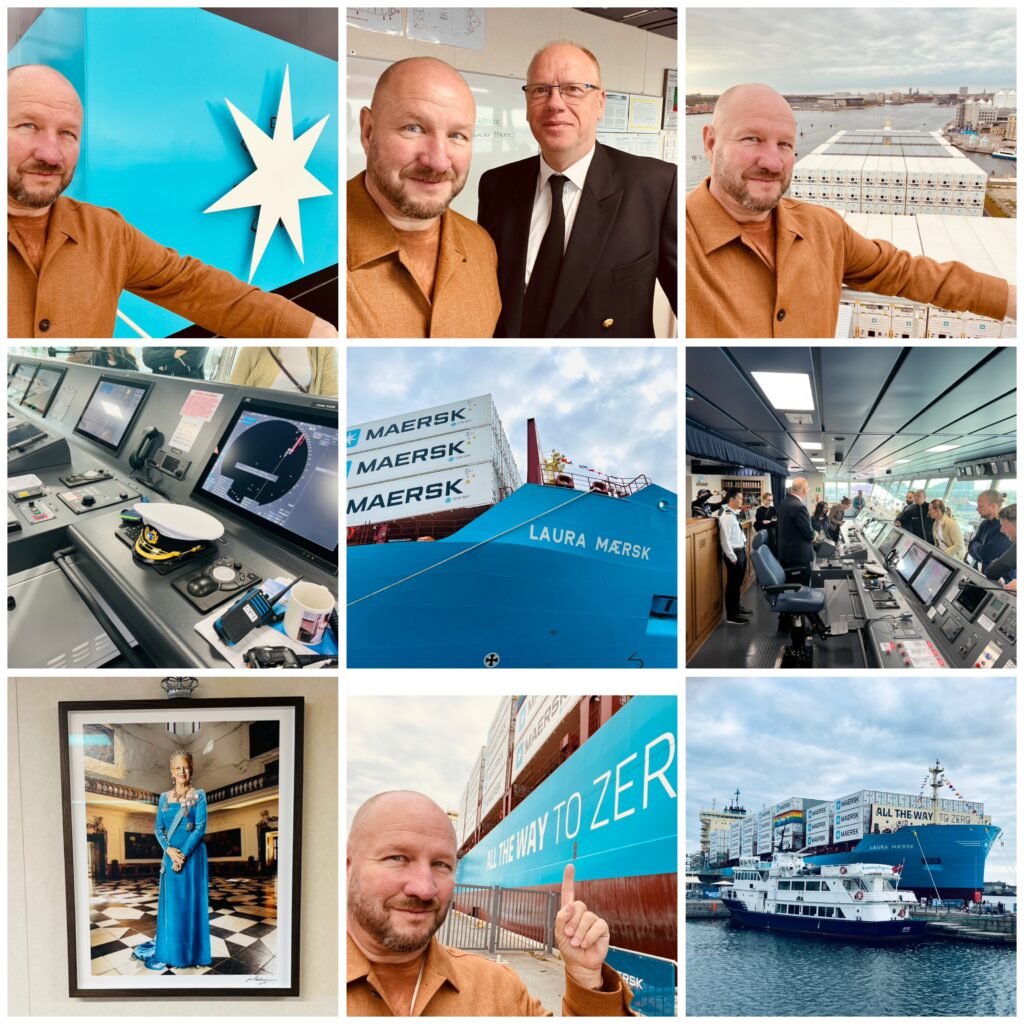
This magnificiant vessel has after her maiden journey arrived at Toldboden Quay outside our Maerk HQ in central Copenhagen. Maersk Laura is the world’s first container ship to be powered by a methanol-fuel engine marking an incredible milestone on the decarbonisation journey #allthewaytozero
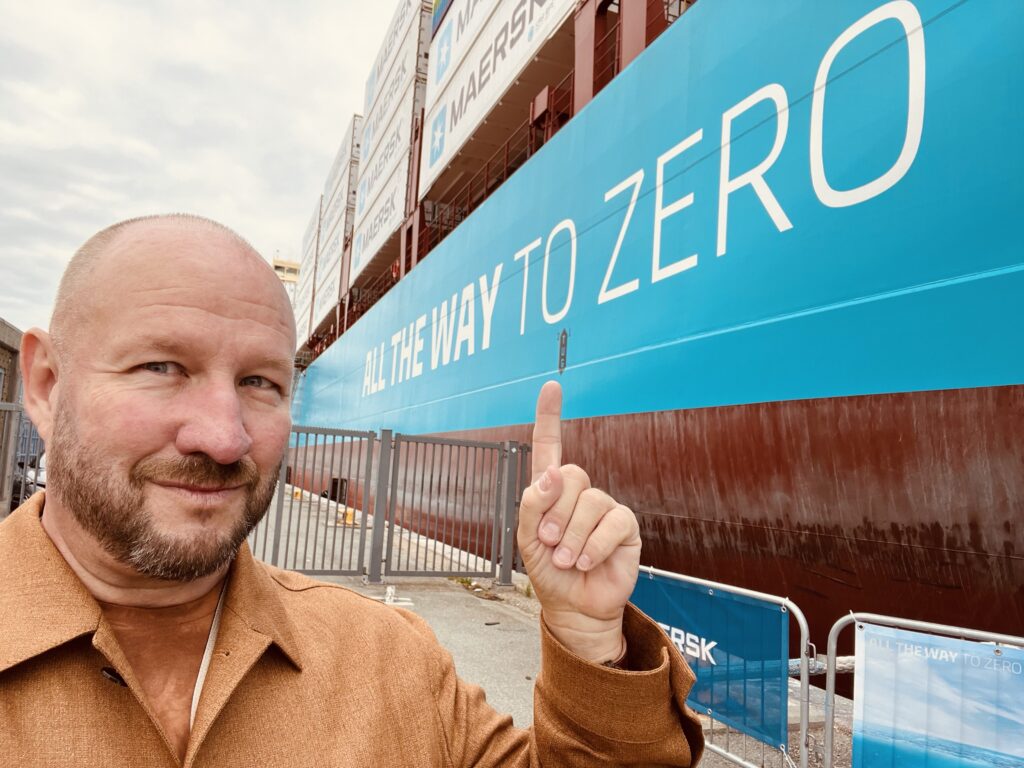
In A.P. Moller – Maersk we mean green #AllTheWay. We aim to transport a minimum of 25% of ocean cargo using green fuels by 2030 going on front & taking a lead i re-shaping the industry & world of trade for a better & more sustainable environment
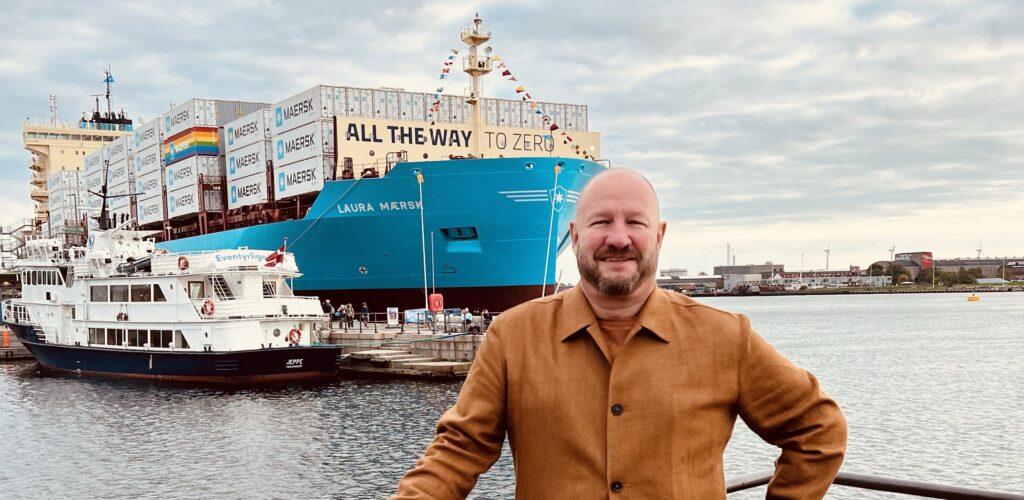
It was great to onboard the ship for the first guided tour by the Captain & Second Officer of this landmark vessel.
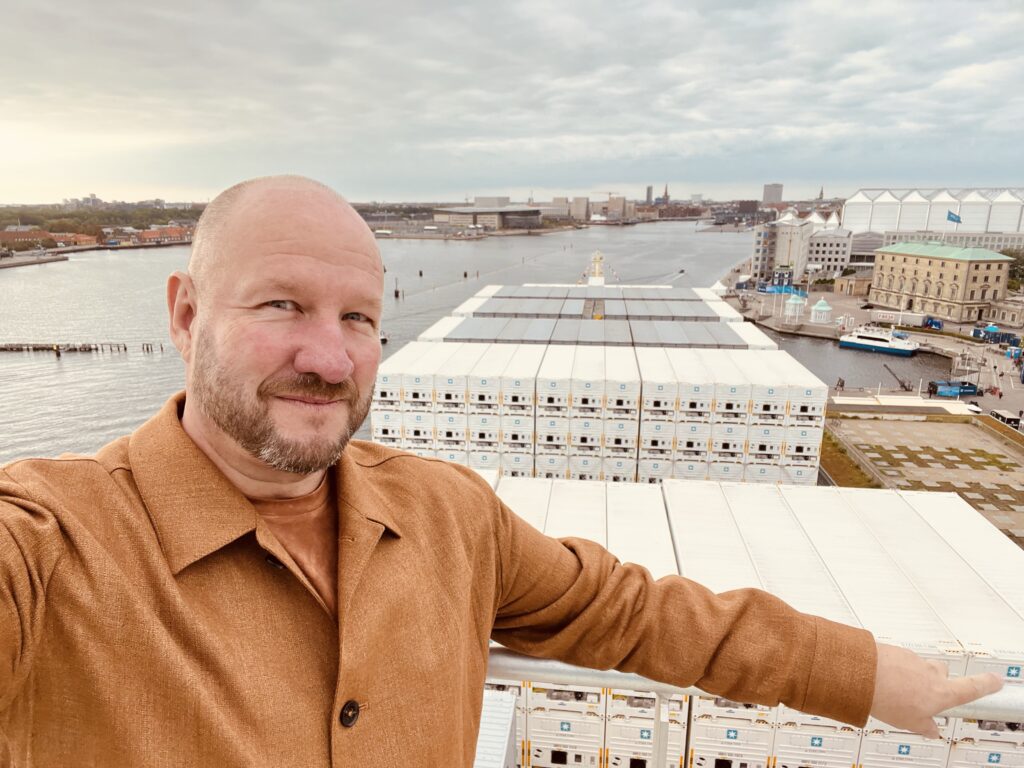
It felt like being on a Viking ship prepared for crossing oceans to explore new worlds, the first airplane taking off or a spaceship going to explore Universe.
A new publication launched at the Public Forum on 15 September provides insights into how WTO members have used different international agreements and conventions beyond the WTO as the basis for imposing export regulations aimed at ensuring objectives such as environmental protection, hazardous waste management, weapons control and combatting illegal drugs trade.
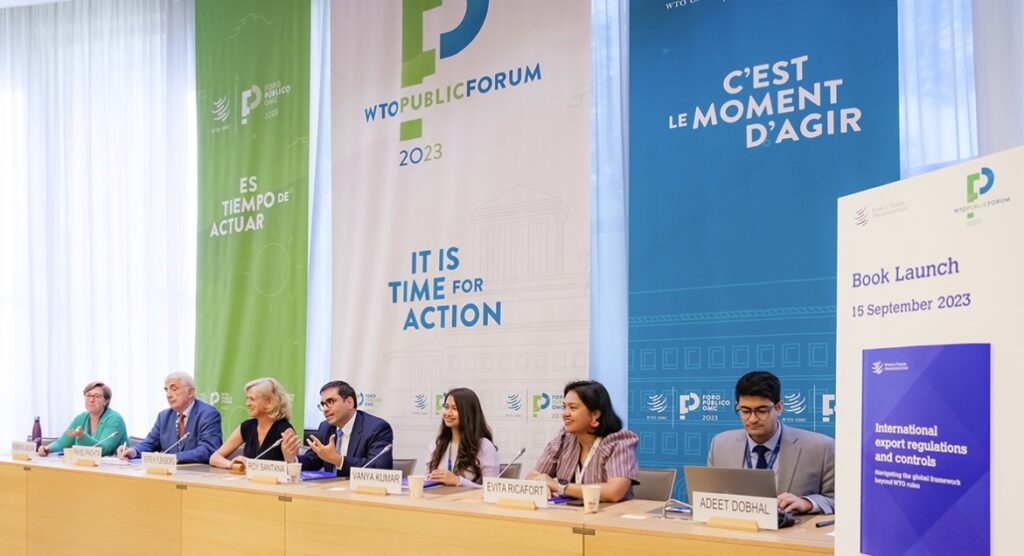
Ensuring that international trade in sensitive or dangerous products takes place safely requires that WTO members work together in enforcing different types of controls, some of which have to be enforced by the exporting members. Some of these export regulations and controls have been developed over many years of international cooperation and are embodied in a large number of international agreements and conventions, and many WTO member are party to them.
As a result, WTO members utilize a wide range of measures, such as prohibitions, export licences, regulations and other controls, to assist in risk management and regulating trade in controlled and sensitive goods for fulfilling specific environmental objectives, managing hazardous wastes and chemicals, combating illicit drugs and harmful substances, promoting international peace and weapons controls.
The new WTO publication explores for the first time how these export-related frameworks developed beyond the WTO operate in practice and how they are linked to the multilateral trading system.
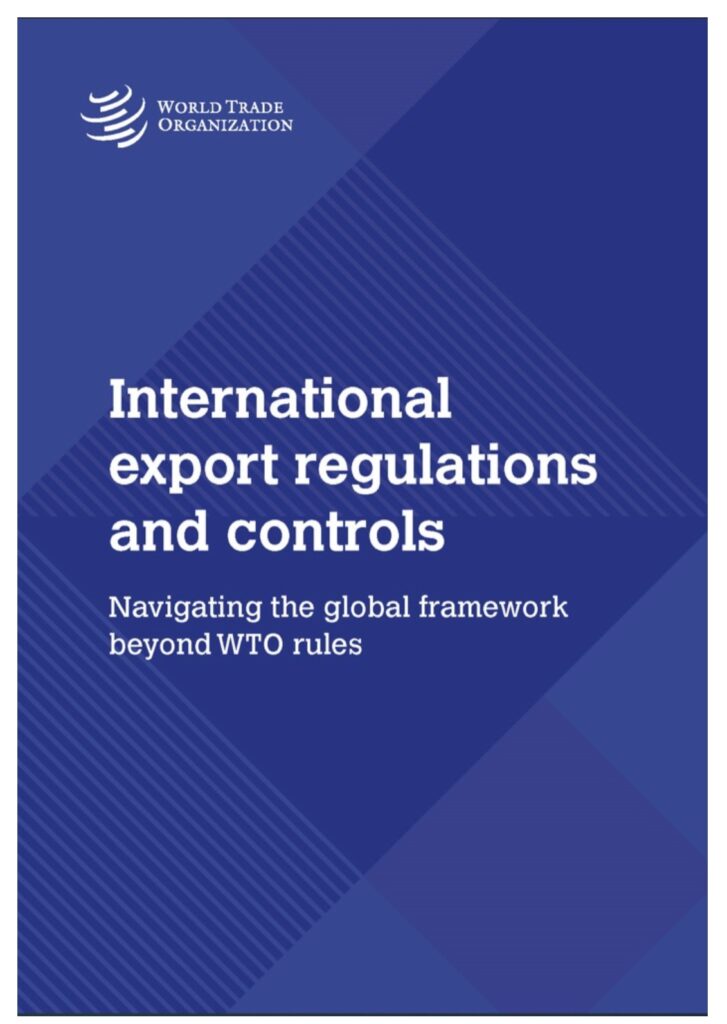
“The book is intended to serve as a guide for policymakers, government officials, academia and members of the public with an interest in the areas covered,” said Suja Rishikesh Mavroidis Director of the WTO’s Market Access Division, in a foreword to the publication. “By fostering a better understanding of the existing international agreements regulating exports and how they link to the multilateral trading system, the WTO can help to strengthen global cooperation, promote transparency and perhaps even inspire future agreements seeking to strike a balance between advancing international trade and protecting the global community against potential risks”, she said.
To ensure transparency regarding these measures, WTO members are required to notify every two years all quantitative restrictions (QRs) in force. For example, several WTO members have notified measures such as prohibitions, restrictions or licences for trade in nuclear materials, narcotic drugs and weapons, and several measures to protect the environment. Members also have the possibility to indicate whether these prohibitions or restrictions stem from international obligations undertaken outside the WTO framework. In practice, several members have notified measures introduced pursuant to these agreements.
The top non-WTO agreements or conventions cited as grounds for export restrictions in notified QRs are the Convention on International Trade in Endangered Species of Wild Fauna and Flora (CITES), with 44 notifications; the Montreal Protocol on Substances that Deplete the Ozone Layer (32 notifications); the Rotterdam Convention on the Prior Informed Consent Procedure for Certain Hazardous Chemicals and Pesticides in International Trade (23 notifications); and the Stockholm Convention on Persistent Organic Pollutants as well as the Basel Convention on the Control of Transboundary Movements of Hazardous Wastes and Their Disposal (18 notifications each).
In terms of the products affected by export-related measures, the publication notes that chemical products are the most frequently affected, followed by optical and measuring instruments, and different types of machinery and pharmaceuticals. The “General Exceptions” provision under Article XX of the General Agreement on Tariffs and Trade was the most frequently cited WTO basis for the export-related QRs — 73 per cent of the total — with paragraph (b) of Article XX regarding measures “necessary to protect human, animal or plant life or health” cited in 38 per cent of the export measures.
The publication notes that since 2020 there has been an improvement in the quality of the information provided, with more members indicating the effective duration of certain measures as well as how certain restrictions are administered, or providing weblinks to the national legal basis.
Read the report here: WTO Report
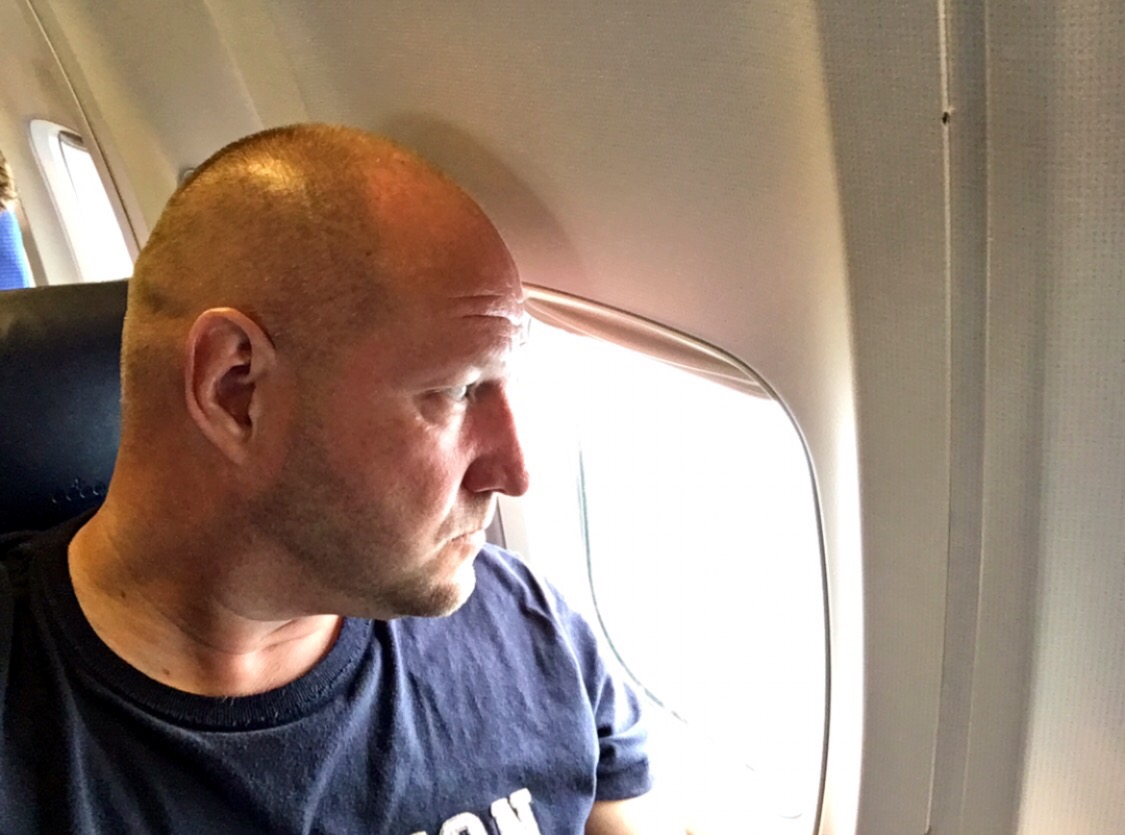
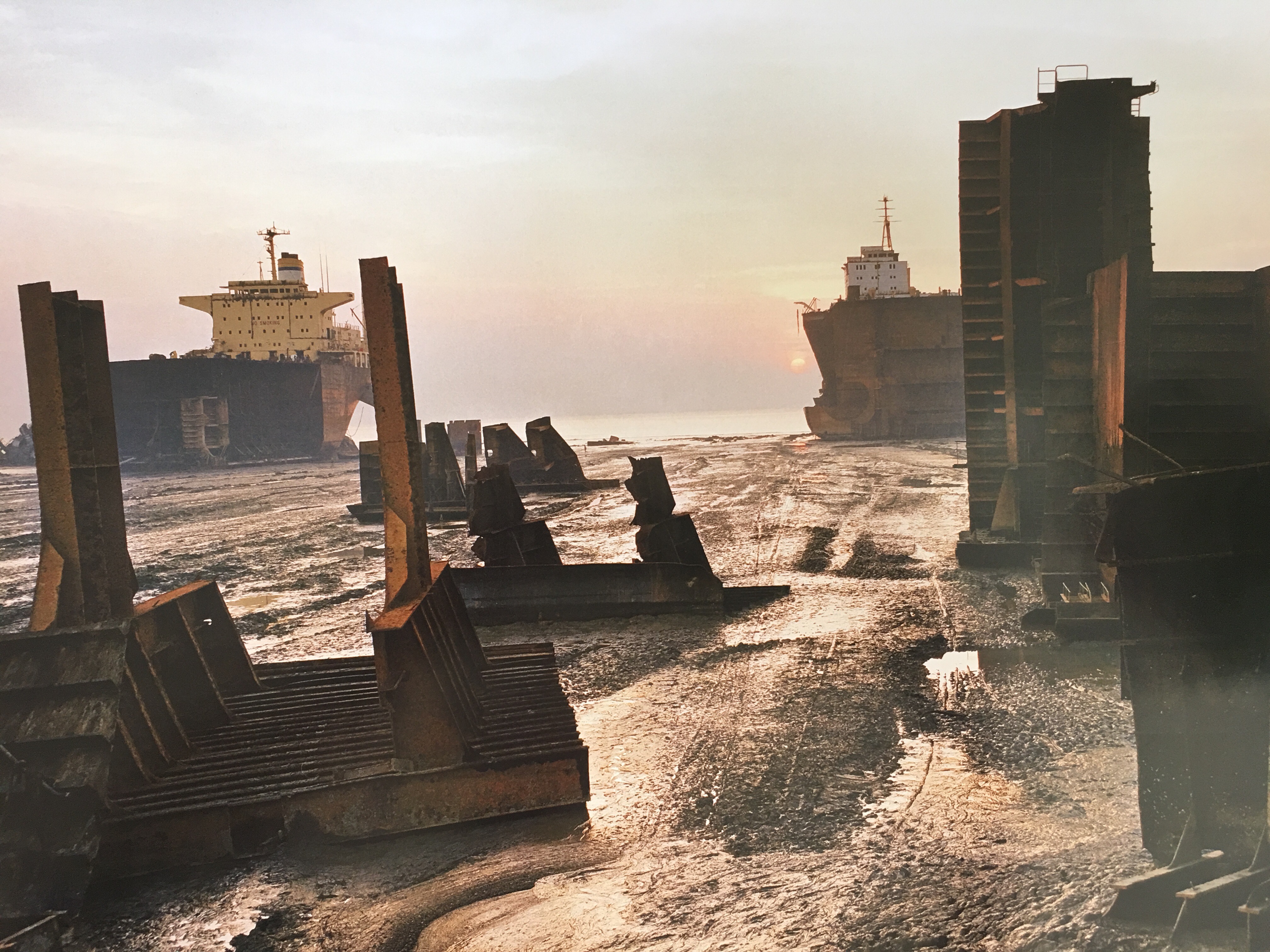
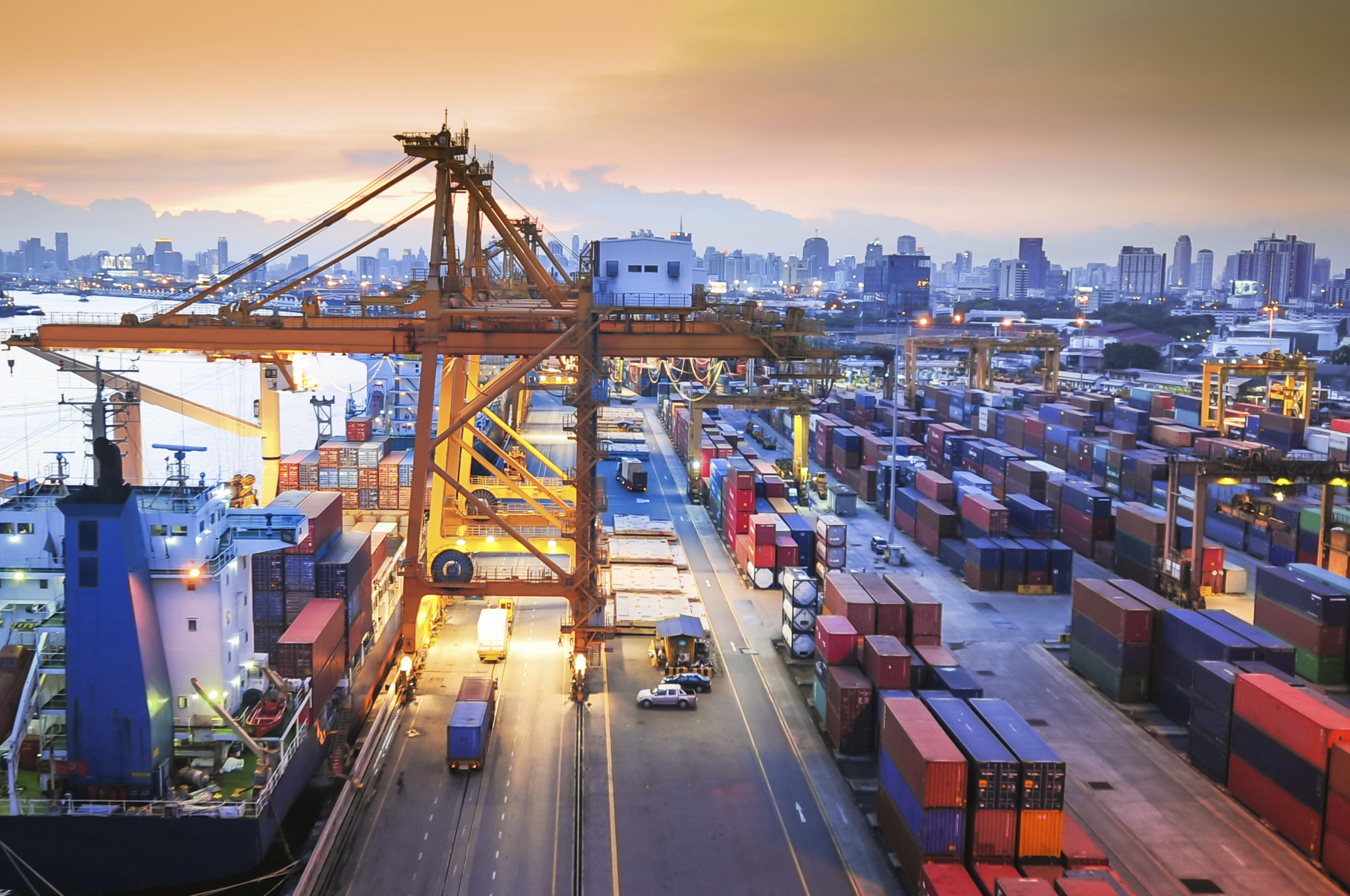



You must be logged in to post a comment.